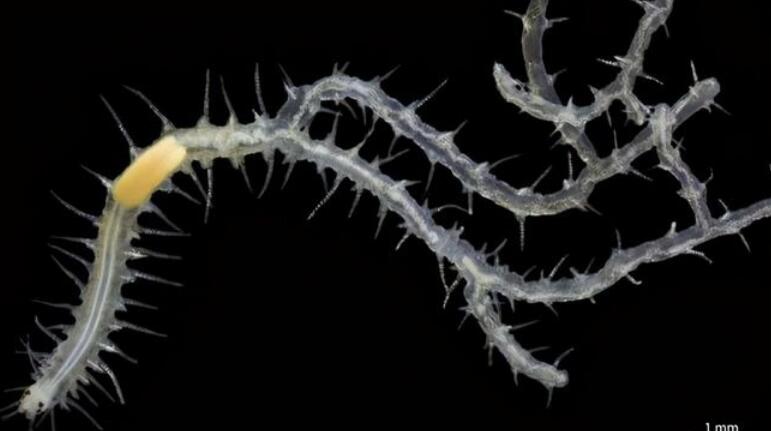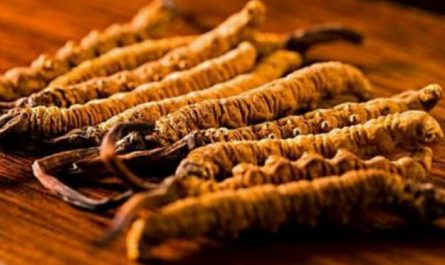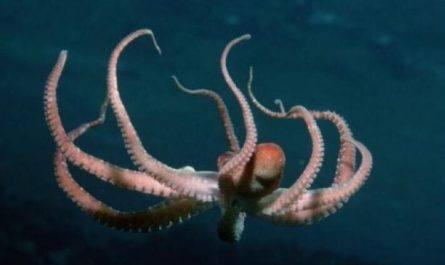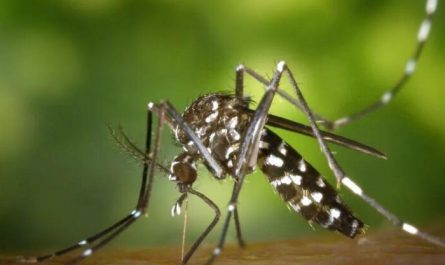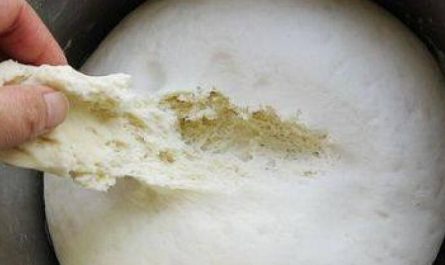In nature, most animals have a head and limbs, some animals have tails, and some animals do not. If some animals do not grow according to this structure, it will make people feel very strange, such as: the Hydra in the myth.
Of course, due to mutations and other reasons, there are also a small number of animals that have two heads, such as double-headed snakes. But have you ever wondered, if an animal has only one head but more than 100 butts at the same time, what kind of magical scene is that? It sounds outrageous, but scientists have actually discovered such creatures in the ocean near Darwin Harbor in Australia. So what is going on?
The strangest worm on earth
In 2006, scientists discovered a completely new organism in the sea near Darwin Port in Australia. In 2012, this creature was named: Ramisyllis multicaudata, which translates to the effect of multi-branched and multi-tailed bugs. Since there is no official Chinese name, we will call it: multicaudata.
It belongs to the phylum Annelida-Polychaete-Phyllanthus-Ciliaceae. In recent years, scientists have begun to conduct more detailed studies on this “polyuric worm” and conduct structural anatomy on it. This dissection surprised scientists because it can be regarded as one of the strangest creatures on earth. The body structure of the “multi-tailed worm” is different from that of known creatures. It has a head, but it has hundreds of buttocks at the same time. Scientists have discovered through research that this “multi-tailed worm” can even have more than 1,000 at the same time. butt. So why does the “multi-tailed worm” grow so different from other species?
Polyceratops and sponges in the ocean are in a symbiotic relationship. Scientists have discovered in the shallow waters of Australia’s north coast that the “polytail worm” lives in the sponge, and its head is buried deep in the sponge. As the “polytail worm” grows slowly, it will not only grow in a certain direction, but more like a tree, it will grow many branches, the diameter of the branch is only about 1 mm, it is the largest of the tree The difference is that the tree grows upward from the root position, while the “multi-tailed worm” grows downward from the head. These branches grow along the pores of the sponge, slowly elongating, filling the holes inside the sponge, and even the ends of these branches will eventually stick out from these holes. Therefore, we can see these branches from the surface of the sponge.
Where did more than 100 “butts” come from?
Scientists also ran into trouble when dissecting it. “Polychocerus” is very fragile, and it is very easy to rupture, and it is easy to damage its tissue structure during dissection. In order to solve this problem, scientists have to combine various sciences and technologies to study “multi-tailed worms.”
The research team discovered that the “multi-tailed worm” is actually very huge, almost completely covering the root canal and cavity of the entire sponge. Scientists used imaging technology to image the situation of the “polytail worm” in the sponge, and found that its structure is as chaotic as a maze.
The research team also discovered that the “multi-tailed worms” only begin to split when they are mature, and only then have later branches. In the process of splitting into many branches, its internal organs, even the digestive tract, will split and enter different branches, and the end of the branches is the anal system of the “polyceria”, that is, the buttocks. Therefore, after the “multi-tailed worm” matures, as the number of branches increases, the buttocks are also increasing.
What is the use of more than 100 “butts”?
The reason why “polytail worms” have so many butts is actually related to its reproductive strategy. These “butts” are essential for the reproduction of “polytail worms”. When the “polytailed worm” enters the breeding season, the ends of the branches will automatically transform into reproductive organs, which are filled with reproductive cells (sperm or eggs), and these reproductive cells can even grow brains and eyes.
When these germ cells mature, they will break away from their mothers, and then drift in the ocean, looking for suitable germ cells of the opposite sex “polyceratops” for mating. This means that as long as there are more branches, the more “butts” there will be. The more opportunities for mating and reproduction, the more offspring will be produced, and the easier it will be to pass on its genes. . It can be said that this is a very unique way of reproduction. To a certain extent, the survival strategy of “multi-tailed insects” is very powerful. They usually hide silently in sponges and are not easy to be wiped out by natural enemies. In the mating season, they can cast nets on a large scale, which can be called biosphere. A clear stream.
